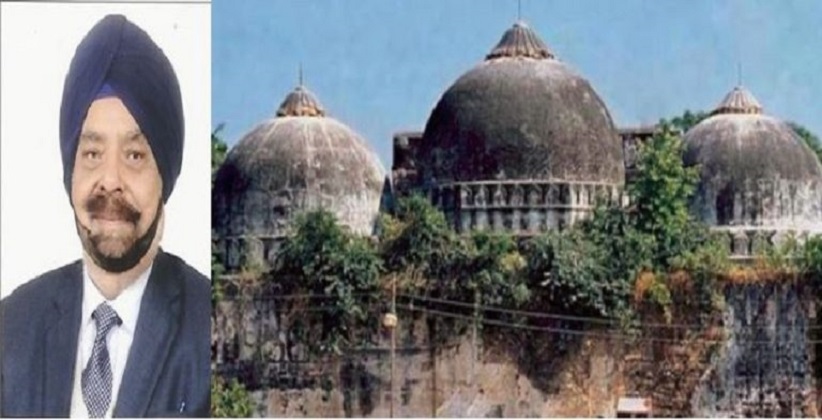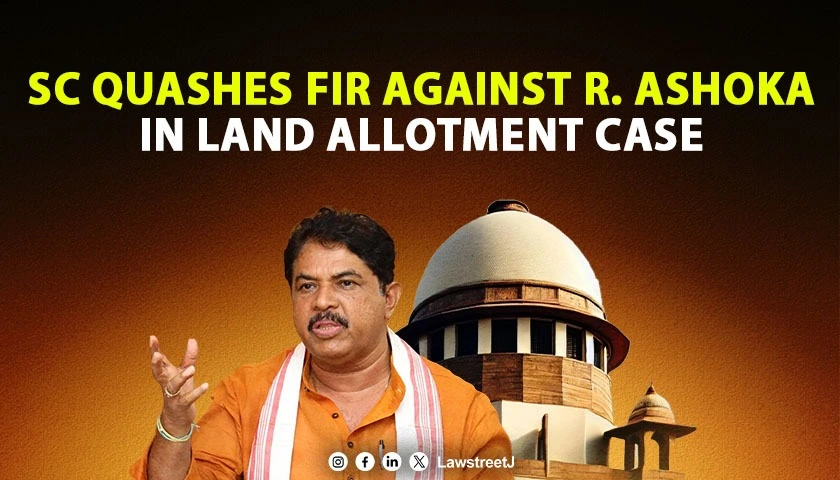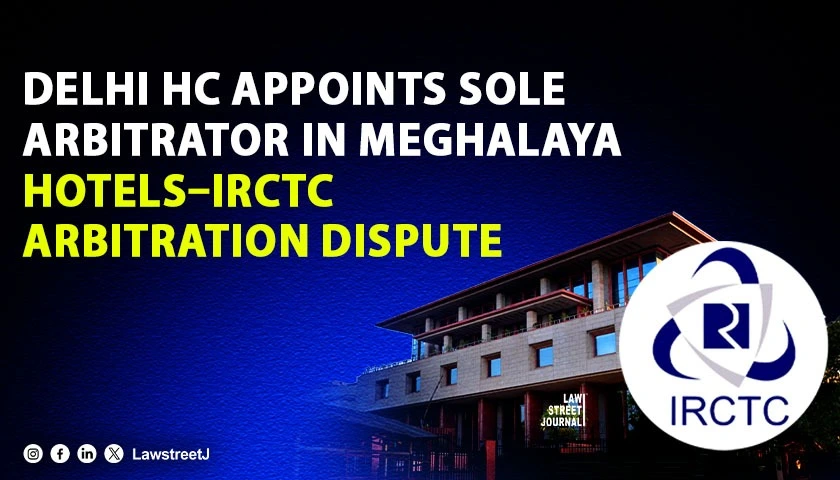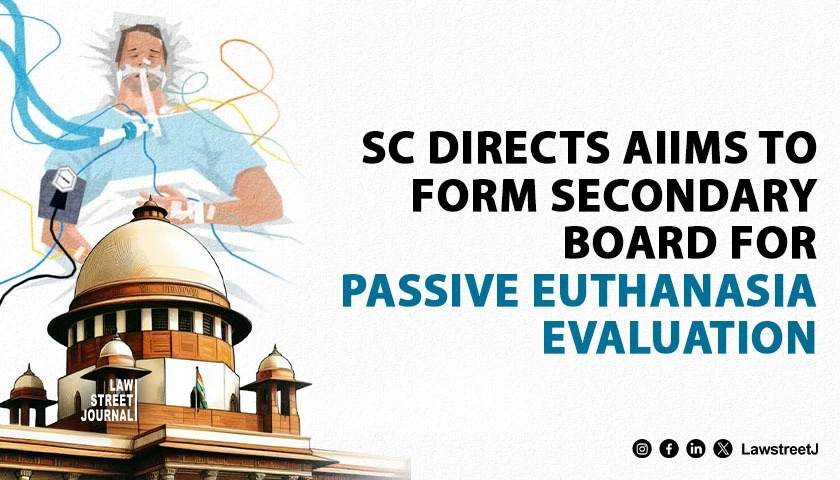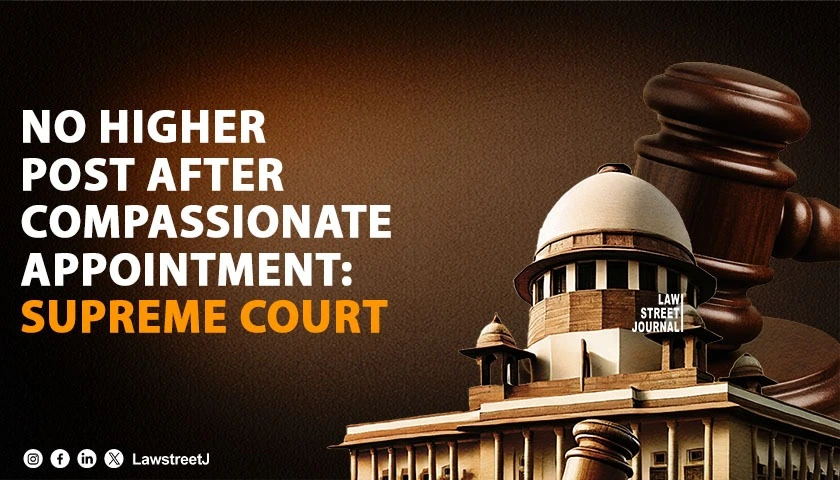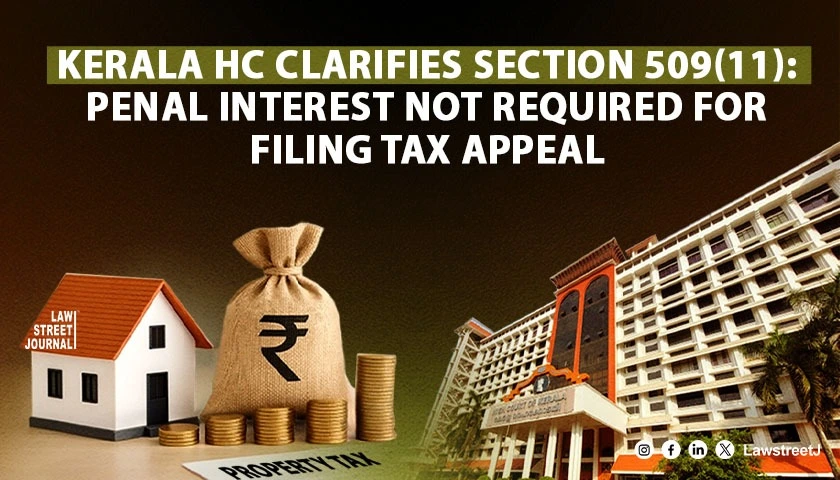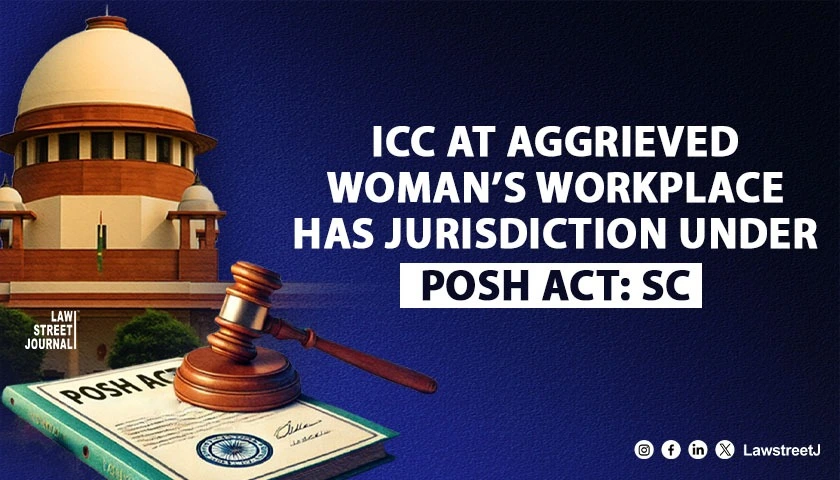By Mr. C. Pal Singh
Former IG Punjab & Rapid action force
Background
The Govt. of India, in its well thought out plan in October-1992, decided to dispatch a large number of Para police companies to contain the situation likely to arise in view of BJPs decision to lay the foundation stone of the new structure of Ram temple on 6th December 1992 close to the Babri Masjid at Ayodhya. Since BJP had given a call to all the BJP units in various states of the country as well as to other Hindu groups, like Vishwa Hindu Parishad, Bajrang Dal etc, to send Kar Sewak to undertake the construction of the new temple near disputed site of Babri Masjid the Govt. of India anticipated that the huge congregation of Kar sewaks, may create a law and order situation.
A huge quantity of building material, like stones concrete, cement bricks and rods had started collecting close to the disputed site. The Kar sewaks from various parts of the country had also started pouring in weeks before the stone laying ceremony by Shri L. K. Advani, the top BJP leader of that time.
Para-Military forces contingents along with their senior officers were gradually dispatched to Ayodhya & on the fateful day of 6th December 1992, a large number of Para police forces and local Police, TS squads, etc., of a total strength of about 30,000 (Thirty Thousand) men were available around Ayodhya town.
For ensuring unified command and control over the heterogeneous Para police forces the central Govt. India in consultation with heads of various Para police forces appointed the then DGP of ITBP Shri R.K. Wadhera as operational head of all the central forces & also the then IGP RAF (CRPF) C. Pal Singh as IGP operation to coordinate the deployment and operations of all the forces. A number of rehearsals and exercises were conducted to ensure that as and when needed, the force could be deployed and utilized in a smooth and effective manner under the IGP and the DGP operations.
I vividly remember that the area around the Babri Masjid was frequently surveyed, divided and demarcated for effective operations by the senior officers of the forces. Repeated meetings were held to ensure that gaps, if any, in the event of their deployment are properly plugged.
The coordination with the state Govt. of UP was also ensured by the DGP operation during frequent meetings with the state authorities at the state HQs at Lucknow. Since the state govt. Did not want to place the PMF contingents in the demarcated sectors, close to the Babri Masjid, the contingents were kept in reserve scattered all around Faizabad.
The Kar sewaks were swarming in from all over the country in buses, trains and all other available means of transport. These Kar sewaks and devotees were seen chanting hymns, reciting Bhajans & shouting slogans. The pitch was becoming louder & emotions were getting heightened. The estimated number of Kar Sevaks present in and around Ayodhya on the day of demolition was about 1 lakh to 1.5 lakhs.
The workers of various organizations were also seen conducting exercises like quick climbing up the sloping walls of the Akharas and the domes with hammers, iron bars, chisels & other demolishing equipments in their hands. The frenzied mood of the crowd, the swelling numbers of devotees from all parts of the country, the activities of organizers of Akharas and apprehension of serious law and order situation likely to arise, were discussed in the operational meetings every day. The senior operational officers at the spot also kept sending communications to the center Govt. pointing out the escalating law and order situation. The intelligence branch of the state police and the central intelligence agencies also must have kept abreast the central Govt. and the State Govt.
Functional temple inside the domes
It is important to mention here that, only, the Domes from outside of the depilated structure indicated that this was the mosque constructed in the year 1528-29-CE on the orders of the Mughal emperor Babur (after whom it was named). The inner side walls, the ceilings, and pillars of the domes were fully covered with paintings, Slokas and images from Ramayana. The holy idol of Rama was installed inside the CENTRAL dome. Uninterrupted (Akhand) recital of Kirtan from the Hindu scriptures was being performed. At the entry gate, there was a small platform where the Kirtan Mandali squatted and chanted Akhand Kirtan all the twenty hours. Hundreds of devotees used to go inside every day in long queues to bow before the holy Idol of Ram Lala. For any religious devotee there could be no reason to demolish the domes and disrupt the ongoing holy activities and rituals like giving milk-bath to the idol, performance of daily pooja distribution of Prasada, chanting of Aarti and Kirtan in this Functional Temple.
Demolition of Masjid & Functional temple
On 6TH Dec 1992' afternoon, saffron-clad Kar Sevaks started climbing atop the 16th-century mosque. They started pounding it with shovels, iron rods, hammers, picks or anything else they could get in their hands during this frenzy. In a few hours, the Babri Masjid was razed to rubble by these frenzied groups of Kar Sevaks and the last dome crumbled at about 4.55PM.
It was a watershed moment in the history of the country. The demolition of centuries-old Babri Masjid also in the process destroyed the existing harmony between the two communities for times to come. It shook the very fabric of secular India & all of us kept watching an illegal act.
The Malba of broken bricks, damaged mortar, dry slabs of cement, other building material and falling dust started smearing, the sacred idol of Ram Lala. Some Pujari and other devotees showed their presence of mind. They brought out the revered Ram Lala idol and some other idols & placed these on the Plinth structure, where stood the central dome of the erstwhile disputed structure. The security persons and some volunteers fixed a hessian cloth Parameter curtain all around the plinth area, to save guard the Holy Idols.
The Pujaris, workers and some devotees wanted permission to perform the ritual of giving milk bath to the holy idol placed inside the parameter of Hussian cloth. The sentry post stationed on the entry point of the parameter cloth wall refused to permit any outsider to get inside without the permission of senior functionaries. The senior operational officers had decided that this permission could NOT be given without the approval of the Govt. as the commencement of puja even temporarily at the site could also mean formal installation of the holy Idol at the plinth of Mandir proposed to be constructed there. The stern and strong reply of the post-in-charge created some murmurs among the devotees and the workers, but no one dared to force entry inside the cloth Parameter wall. Ultimately on receipt of clearance from the Government, the spot operational functionaries allowed the performance of ritual, milk bath, and pooja.
A stern & strong yet tactful action of one post commander of the rank of a subordinate officer having just about one section strength of security guards under him deterred the Pujaris, workers, and organizers to take law in their own hands. It is a pity that senior functionaries of Paramilitary forces with huge force at their command, could not act to save the Babri Masjid due to the absence of instructions from the Government.
It was disgraceful to observe that the authority of the government completely collapsed on that fateful day & a large number of central forces stationed there did not act. The legal and constitutional position as below would clarify the reason for the inaction of the central police forces on 6th December 1992
Legal Position & Constitutional Limitations
Article 356 of the constitution was not invoked to impose central rule in Uttar Pradesh despite a clear indication of the intentions of the radical groups of Kar Sevaks. Had the President Rule been imposed after getting reports and intelligence inputs from the operational officers at the spot, the demolition could have been easily avoided.
Some disturbing questions which can be raised are a) why this disgrace was not saved? Why article 356 of the constitution was not invoked well in time? Why the state government failed to use central forces lying as reserve with the state?
In his book Ayodhya -6 December 1992- the, then Prime minister late Shri Narshima Rao has stated that an act of imposing president rule would have been unconstitutional as the then Governor of UP did not recommend invoking article 356 of the constitution. It is not understood as to why in the contingency plan the necessity of imposition of president rule under article 356 was not envisaged. Was it an omission or an advert act by the then PM?
Law & Order- State Responsibility & Need of an alternative institutional mechanisms
Maintenance of peace and law & order largely depends on the response of the State Governments. It is also well known that the increasing politicization of the police in India has seriously affected its morale and credibility. The polarization in the states along religious, caste and ethnic lines, has eroded the effectiveness of police.
An alternative or supplementary institutional mechanisms is needed to deal with serious issues relating to our internal security. The Report in the year 2001 of a Group of ministers on Reforming the National Security System" had expressed concern regarding the mismatch between increased Central responsibilities and limited Central powers in the management of internal security.
Though article 355 empowers the Centre to act in cases of internal disturbances, but Item 1 and 2 of State List have often come in the way of the mandate of Article 355. An additional legal provisions or amendment in the Seventh Schedule of Article 246, (State List), can be made, without affecting the basic constitutional structure which places law & order /Police under the state. Such an additional entry/amendment would facilitate the Central governments intervention to ensure effective enforcement of law & order.
It may be worthwhile to mention here that in 1976, according to the Forty-Second amendment of the constitution, Article 257A was added. This empowered the central Government to deploy the armed force of union (CRPF, BSF, CISF, etc.) to deal with any serious law & order situation in the states. However later by the 44th Amendment Act, 1978 Article 257A was deleted, as it was considered that this hampered the sovereignty of state governments.
Total abdication of responsibility by the state government to maintain law & order, complete inaction and apathy of central police forces due to legal and constitutional bindings, resulted in Demolition of old Masjid, Destruction of a functional temple, and demoralization of well trained central police forces on 6th December 1992.

